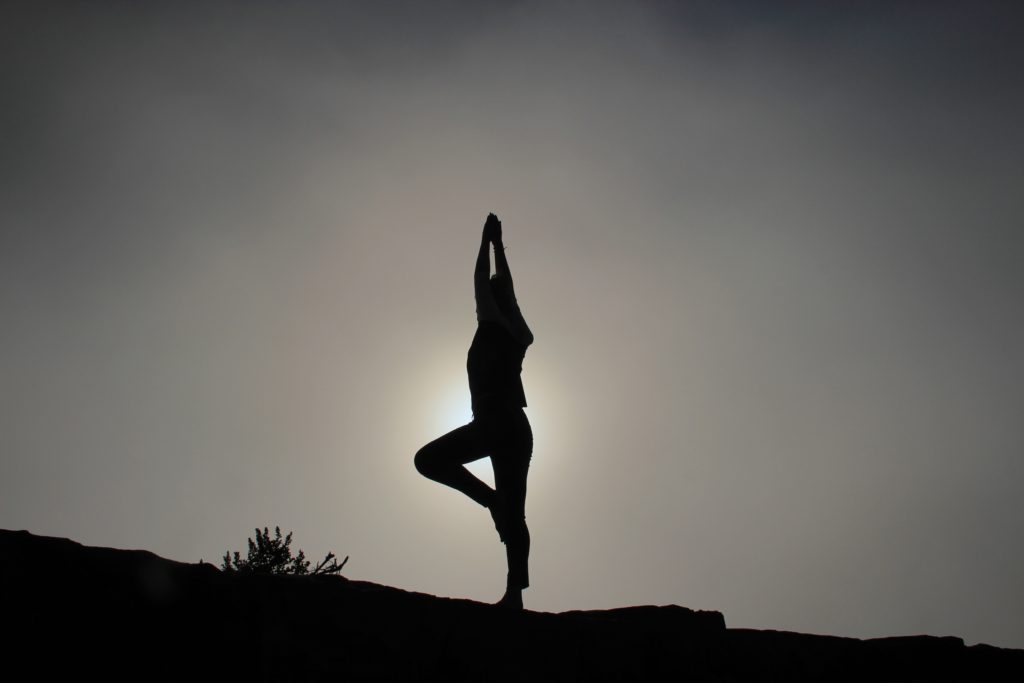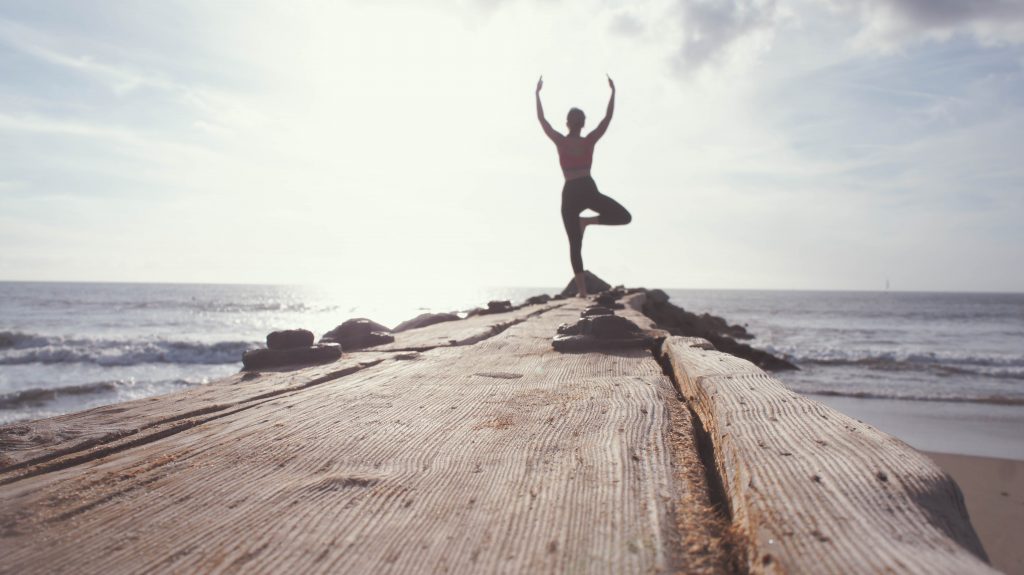
Four Practices To Sustain Your Yoga Off the Mat
Photo Credit: Ed Yourdon. via Flickr Creative Commons
Recently, I saw a student leave a yoga class at a local gym. As she put her rolled up mat in her car, she aggressively backed up into traffic causing the person behind her to slam on the brakes and honk. Expletives were exchanged, followed by some animated hand gestures. I thought to myself, “Wow, is her yoga really working for her?” Granted we all have our bad days, but I often observe a disconnect between the way people act on the mat and off the mat.
By living life from the heart we develop compassion and understanding
We try to bring our best selves to our yoga practice on the mat. We connect with our inner wisdom, our compassion, our gratitude and our sense of self-awareness, but how do we sustain the benefits of practice once we leave the mat?
Ideally the connections we find in our mat practice will extend into our lives. But this means we need to make a concerted effort to observe triggers when we step off the mat, and continue to cultivate that which brings our minds and hearts peace.
The key is to work with what’s in front of us and reconnect to those qualities of calm, balance and peace. Here are four practices that will help you bridge the gap.
1. Breath Awareness
Changes in our breath affect the way we feel and changes in the way we feel affect the way we breathe. If we find ourselves in a tight spot, conscious slow deep breathing can create space and calm the nervous system. It can be a way to effectively shift from a negative feeling or emotion to a more positive one. When we focus on the breath, it gives us a moment to direct the attention of the mind and create space and objectivity to our present moment awareness. We may feel a strong emotion arise in us and if we take a deep slow breath it reminds us not only of those qualities we cultivate in our daily practice but it actually slows the reaction time in our nervous system. I have a friend who takes a deep long breath every time she merges into traffic on the interstate. She finds that in that moment when her adrenaline and nervous system are on high alert, she can take a slow deep breath so her transition is calm and relaxed.
2.Mindfulness
The is the practice of allowing our mind to become one pointed and focused on what is in front of us. We train the mind to be here now without labeling or judging. We witness without a reaction as life unfolds. If we stay present to what is happening we are more able to stay with the entirety of the experience rather than spinning out on what might be or what we think or feel about something. We can experience the feelings fully without acting on them. When it comes time to act we have a bigger view and a wider field of vision. Mind and heart can stay together in the experience and we feel more integrated and less fragmented. It allows us to bring our meditation practice into the moment ultimately informing our actions. (See Ornish Living article, What Meditation Practice is Right for Me?)
3.Loving Kindness
By living life from the heart we develop compassion and understanding much like developing other healthy habits. We train ourselves to respond to life in a way that lifts others and ourselves. During the recent DNC convention first lady Michele Obama said, “When they go low, we go high.” These were inspiring words that take dedication, training and love. When we are under attack or we feel the negativity of others our first reaction may be to lash out or defend ourselves. What if the first reaction was to cultivate understanding and respect? This deescalates conflict and saves the wear and tear on our already overtaxed nervous systems. It allows us to shift the course of action and reaction. It’s right here in the heat of the moment that we can begin to cultivate loving kindness by envisioning what it might be like to be in someone else’s shoes. It creates respect for our differences and a deeper understanding for others.
4. Cultivating a Yogic Perspective
One way to deal with the difficulties that arise when we step off the mat and into the world is to look at everything that presents in our lives as part of our practice. We are given an opportunity to practice with everything that lands in our path. We allow it to become grist for the mill and part of our spiritual practice. It’s easy to be kind when we aren’t triggered or stressed but what do we do when things are “hot” for us? We have a choice in how we want to respond to every situation we are given. Our meditation practice helps us cultivate a longer fuse and it also provides insight and perspective. If when we are up against the wall, we begin to act as if we are being tested and we rise to the occasion with our best self, it can change our actions and ultimately our direction. It helps us to integrate and ultimately bridge the gap between life on the mat with life off the mat.
What do you do to bridge the gap between the way you feel on the yoga mat and off?









